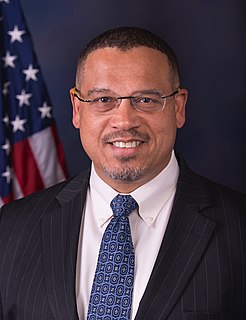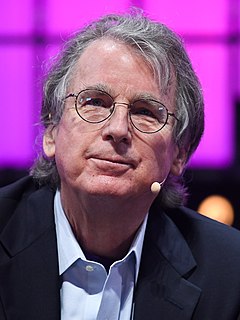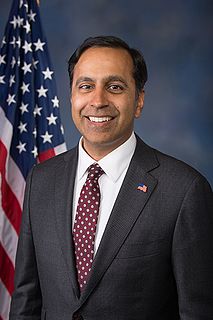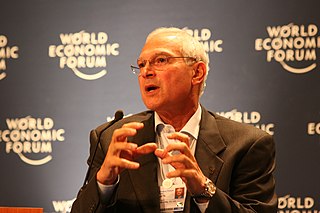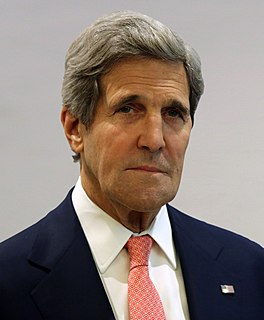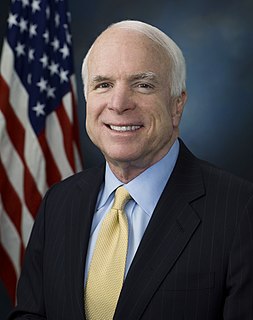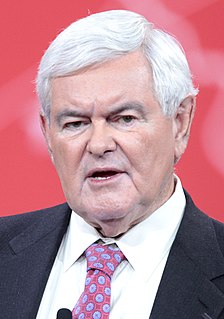A Quote by Paul Ryan
I`d say is stimulus infrastructure spending is not instant jobs. I think the real reason the president [Donald Trump] wants to do this is because we have a crumbling infrastructure problem and you need a good modern infrastructure for economic growth to occur.
Related Quotes
For countries such as Kenya to emerge as economic powerhouses, they need better infrastructure: roads, ports, smart grids and power plants. Infrastructure is expensive, and takes a long time to build. In the meantime, hackers are building 'grassroots infrastructure,' using the mobile-phone system to build solutions that are ready for market.
Classic economic theories recognize public goods aspects of one kind or another - the need for economic intervention in, obviously, the supply of infrastructure and of education. We're not supplying that infrastructure at an appropriate rate today. I don't doubt it isn't just money; it's organization and goals and so forth.
You know, if you look back in the 1930s, the money went to infrastructure. The bridges, the municipal buildings, the roads, those were all built with stimulus money spent on infrastructure. This stimulus bill has fundamentally gone, started out with a $500 rebate check, remember. That went to buy flat-screen TVs made in China.
It turns out that advancing equal opportunity and economic empowerment is both morally right and good economics. Why? Because discrimination, poverty and ignorance restrict growth. We know that investments in education, infrastructure and scientific and technological research increase growth. They increase good jobs, and they create new wealth for all of us.



